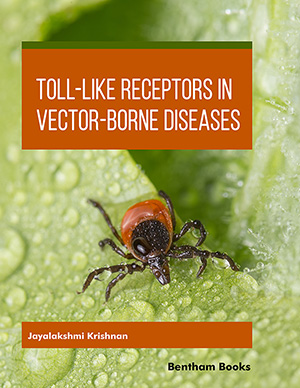Abstract
Lymphatic filariasis is one of the neglected tropical diseases and also a disfiguring vector-borne disease. Parasitic nematodes such as Wuchereriabancrofti, Brugiamalayi, and Brugiatimori are the three types of parasites that cause lymphatic pathology in terms of hydrocele, lymphedema, and elephantiasis [1]. Among these three parasites, Wuchereriabancrofti is the principal parasite, which causes around 90% of infections. These nematodes impair the lymphatic system, thus leading to considerable morbidity in the affected people. The life cycle of this adult-stage lymphdwelling parasites is complex in nature. Once they start infecting the lymphatics, they cause swelling, dilatation, and thickening of lymph vessels.
Keywords: Bancroftian filariasis, B. malayi, Proinflammatory cytokines, Wolbachia lipoproteins, Wuchereria bancrofti.






















